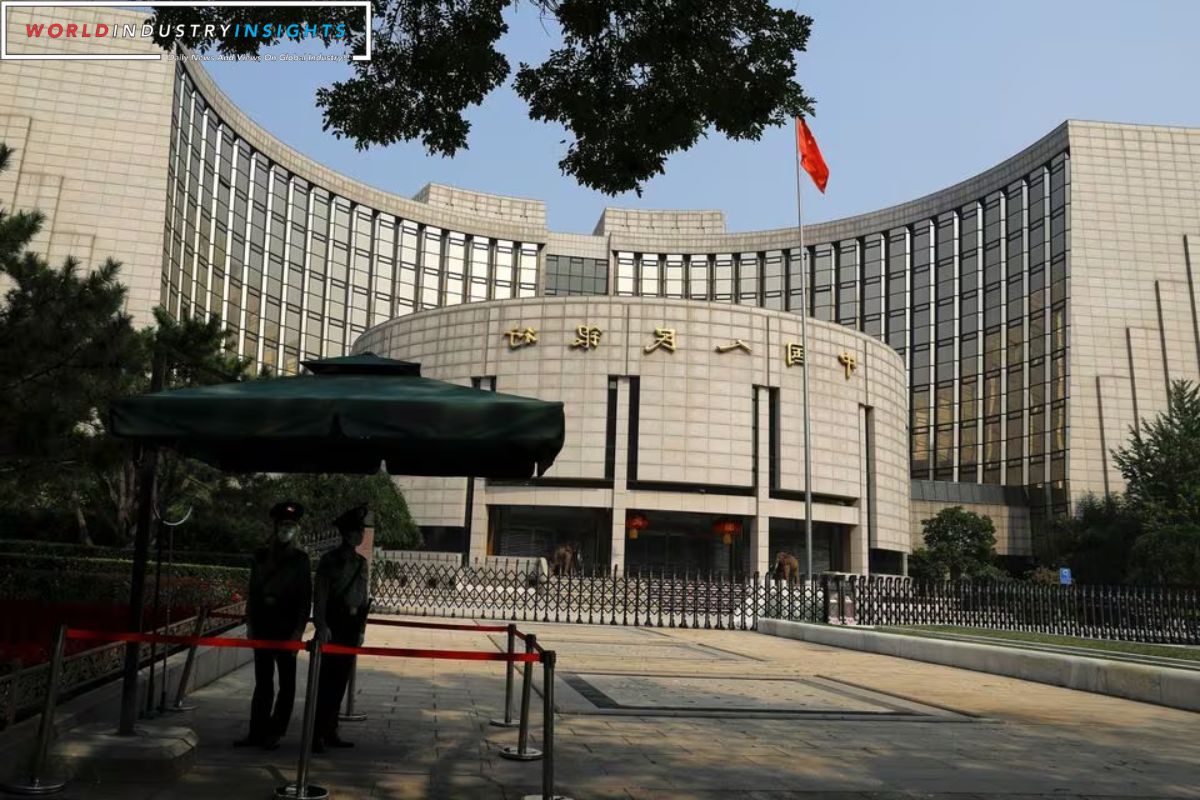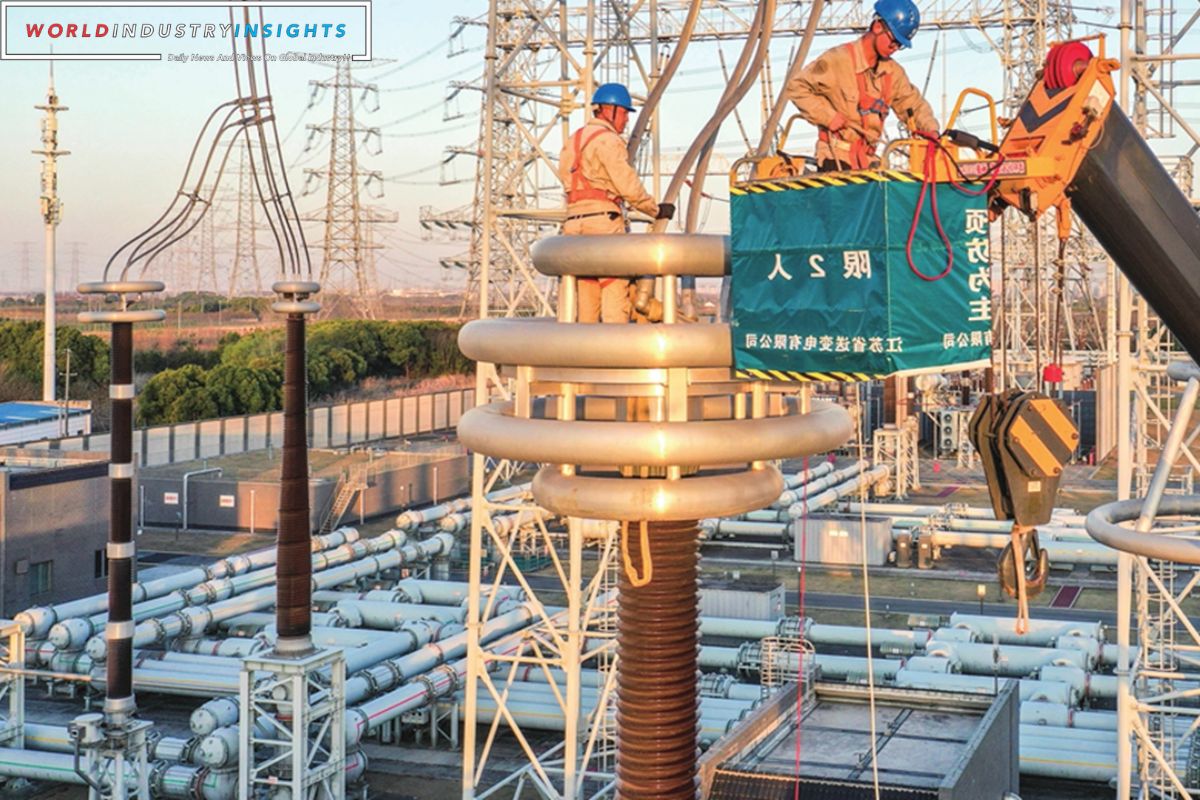China Economic Pulse: The People’s Bank of China (PBOC) reported a November shortage in new bank lending, raising concerns about China’s recovery. Analysts predicted a lending increase, but the central bank only extended 1.09 trillion yuan ($151.73 billion). This unexpected dip in lending raises eyebrows about the efficacy of China’s economic rebound, especially as it grapples with ongoing challenges such as a property crisis and elevated unemployment rates. The subdued consumer confidence, influenced by these persisting issues, is evidently impacting various sectors, contributing to a less-than-stellar growth trajectory.
In the backdrop of these economic headwinds, the PBOC is sticking to its guns, maintaining an accommodative monetary policy to prop up the recovery. However, it’s not a blind commitment the central bank is also eyeing structural reforms, aiming to steer the country away from overdependence on sectors like infrastructure and property for sustained growth. This nuanced approach is a strategic move, balancing immediate support for economic revival with a long-term vision of a more resilient economic model.
What’s interesting is the cautious optimism woven into the PBOC’s actions, especially when juxtaposed with the policies of other major economies, which are leaning towards tightening measures to combat inflation. China’s unique economic challenges, marked by a property market crisis and the ever-changing global economic landscape, necessitate a calibrated approach to monetary policy.
An intriguing facet of the recent developments is the uptick in corporate loans, rising from 516.3 billion yuan in October to 822.1 billion yuan. This signals a clear appetite for additional financing among businesses, possibly for expansion or operational requirements. However, the overall credit growth, though showing signs of improvement, has yet to meet the lofty expectations set by analysts.
Also Read: China Economic Future: Behind Closed Doors for 2024 Stimulus Plans
Looking ahead, the PBOC faces the delicate task of navigating the fine line between supporting economic recovery and warding off potential risks tied to excessive credit growth. The central bank’s decision to cut interest rates and the reserve requirement ratio for banks is a strategic move to infuse liquidity into the system. However, analysts remain cautious about the impact of these measures on triggering a substantial acceleration in credit growth.
As China navigates its economic intricacies, the PBOC’s commitment to maintaining stable liquidity and driving down financing costs will be closely scrutinized. The ongoing scrutiny of operational performance and portfolio composition by an ad-hoc committee underscores the authorities’ proactive stance in addressing challenges and fine-tuning policy measures.
In essence, China’s economic narrative is evolving, shaped by a confluence of domestic and global factors, and the PBOC’s policy decisions are central to this unfolding story. The coming months will serve as a litmus test for the effectiveness of the central bank’s measures and the resilience of China’s economic recovery in the face of dynamic challenges.
Our Reader’s Queries
What is the economic status of China in 2023?
China’s economy is set to achieve the government’s growth target for 2023, indicating a robust recovery from the pandemic. The country’s real GDP is expected to expand by 5.4% in 2023, before slowing down to 4.6% in 2024 due to the property sector’s ongoing struggles and weak external demand. Despite these challenges, China’s economy remains on a positive trajectory, with the potential to continue its upward trend in the coming years.
What is China main source of economy?
The Chinese economy is primarily driven by three major sectors: manufacturing, services, and agriculture. These sectors employ a significant portion of the population and contribute the most to the country’s GDP.
What is currently fueling China’s economy?
The economy is largely driven by industrial production and manufacturing exports, but it lags behind other top 10 countries in terms of development. Government spending has played a crucial role in driving growth, resulting in haphazard construction in recent years.
What is the economic status of China?
China’s economy is a unique blend of socialism and market principles, with a focus on industrial policies and strategic planning. As the world’s second largest economy by nominal GDP, it’s only behind the United States. However, when measured by purchasing power parity (PPP), China has been the world’s largest economy since 2016.


